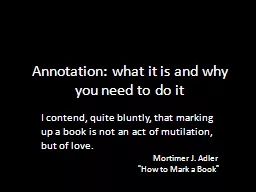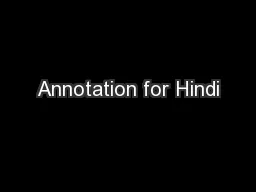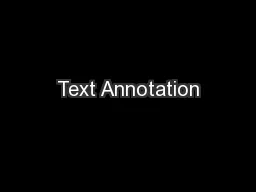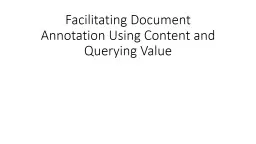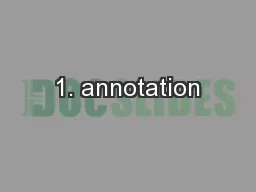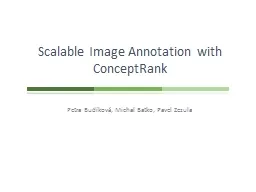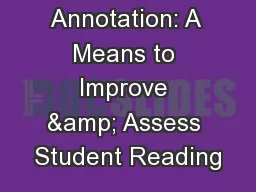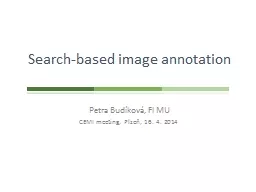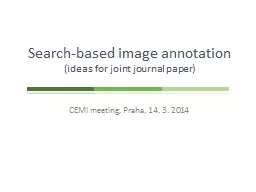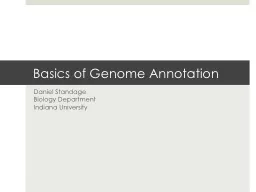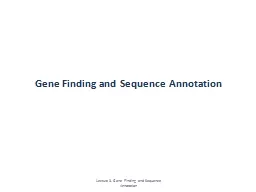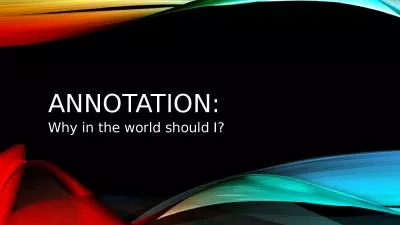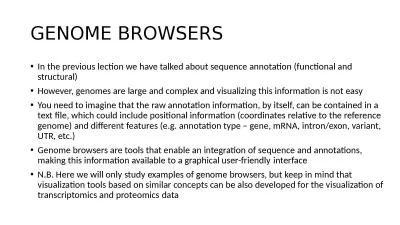PPT-Annotation: what it is and why you need to do it
Author : megan | Published Date : 2022-02-24
I contend quite bluntly that marking up a book is not an act of mutilation but of love Mortimer J Adler How to Mark a Book Annotating is Annotate v to supply
Presentation Embed Code
Download Presentation
Download Presentation The PPT/PDF document "Annotation: what it is and why you need ..." is the property of its rightful owner. Permission is granted to download and print the materials on this website for personal, non-commercial use only, and to display it on your personal computer provided you do not modify the materials and that you retain all copyright notices contained in the materials. By downloading content from our website, you accept the terms of this agreement.
Annotation: what it is and why you need to do it: Transcript
Download Rules Of Document
"Annotation: what it is and why you need to do it"The content belongs to its owner. You may download and print it for personal use, without modification, and keep all copyright notices. By downloading, you agree to these terms.
Related Documents

